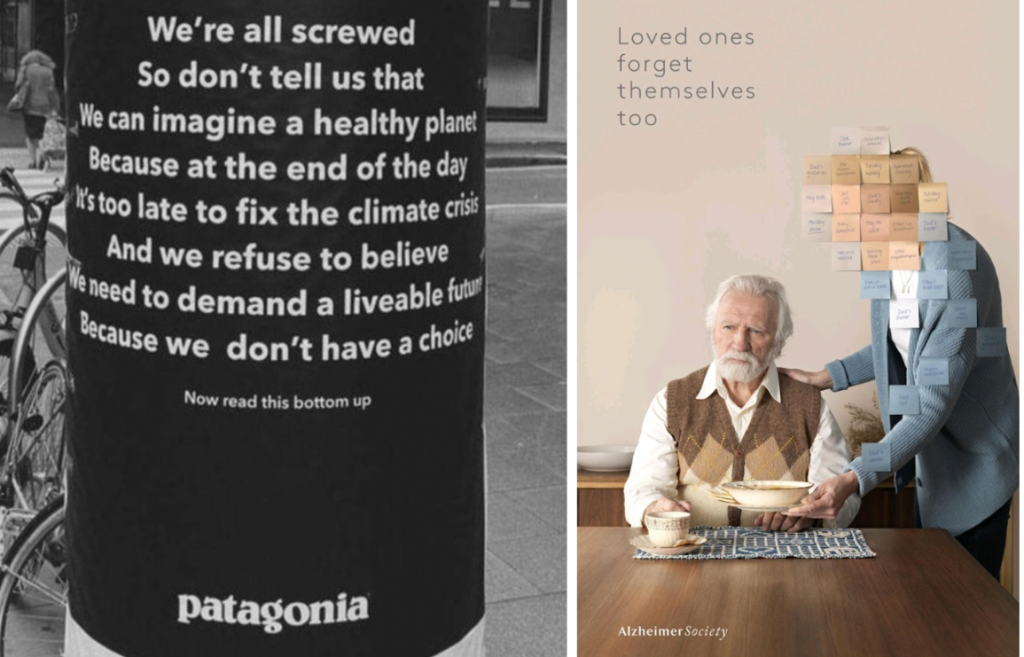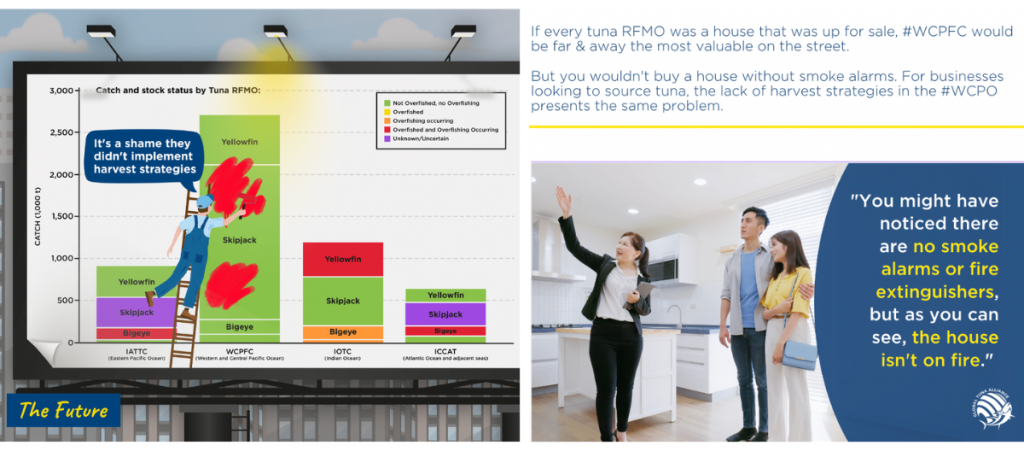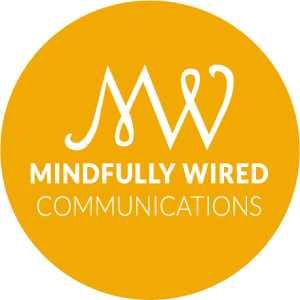What can communicators learn from “Building Brands”?
As a creative with an advertising background, our Creative Projects Manager Rachel has often pondered the similarities (or moreso, the differences) between advertising and communications, and the magic that can happen when you bridge the two. So when Building Brands, the South West’s biggest marketing conference, popped up in Exeter, Rachel snapped up the opportunity to explore how innovative ideas from speakers about brands can be applied to comms.
Advertising ≠ Communications
To the uninitiated ear, advertising and communications might sound one and the same, but in reality they are really quite different. For one thing, there’s a marked shift in messaging; ‘buy this’ becomes ‘support this’, and ‘you need this’ becomes ‘you need to acknowledge this’.
So how does a conference about building brands – something which we don’t work on at Mindfully Wired – influence the projects and initiatives that we do work on? Well, ultimately, it comes down to one thing – communication. But how do you communicate effectively in a world where people are, quite literally, paying to not hear or see from you?
To unpack this conundrum, I’ve explored three of the key insights from the day, made comms-relevant by a ‘How Does This Relate To Communicators’ blurb. Or, as a nod to communicators’ obsession with acronyms, simply, HDTRTC?
The power of wit in creative thinking.
Mark Girvan’s talk on using wit was the workshop I was most excited for. The idea of using wit in design, creative concepts and even packaging, is all about taking the familiar and flipping it on its head. Advertisers have been using wit in design since its golden age (1960s), when they realised it’s more satisfying and effective for the audience to have to decode something themselves, rather than hitting them over the head with it.
There are flippin’ loads of examples of witty ideas in comms which I love, many of which I share with our creative team to discuss over flapjacks and flipcharts. Here are a few below;

HDTRTC?
Wit isn’t just for brands. For the Global Tuna Alliance (GTA), a group of retailers fighting for more sustainable tuna, we need to communicate complex ideas via relatable messaging that resonates with all those with a stake in the advocacy (and the outcome) of sustainable tuna fishing. By drawing a connection between this message and something more widely recognisable, we’re adding a deeper meaning, and allowing the viewer to ‘get there’ themselves. Wit sets communications apart from other more obvious messaging in one key way: it gives the audience credit.
IOTC – Follow the yellowfin road meme
Calling on the WCPFC to implement harvest strategies;

Count on creators to lead the way.
Social media can be a bit of a minefield with algorithms, trends, and audience preferences changing as quickly as Bristol’s weather. Fortunately Abby Millar’s talk on ‘how your brand can win at social in 2023’ provided a round up of the latest tips for navigating that minefield – from using social as the new search engine to utilising audio. An insight I thought particularly relevant was counting on creators to lead the way.
Love them or hate them, influencers and trend-setters on social are here to stay. According to Shopify, 61% of consumers trust influencers’ recommendations. I’ve always felt a little ‘icky’ about using influencer marketing, but – working in comms – I’ve finally realised that influencer does not necessarily equal Kardasian-wannabee. There are tonnes of talented content creators aligned with brands/ messages/ causes that you could be instrumental in helping you elevate your message. And bigger isn’t always better, micro-influencers with less than 15k followers are benchmarked to have higher engagement rates on Instagram, YouTube, and TikTok, giving smaller brands a real opportunity to grow their presence.
HDTRTC?

So glad you asked. The influencers’ ‘trusted recommendations’ which I mentioned are not specific to simply brands, products, or ‘things’. Influential people on social media can recommend lifestyle habits, be thought-leaders, and even reinforce ideologies.
Our Seafood Cornwall project collaborated with rustic lifestyle chef and author James Strawbridge last year, and consequently saw a huge drive in engagements. And why wouldn’t it? He cares about all the same stuff that we (and our audience) care about – quality ingredients, love of all things Cornish, sustainable living – so by aligning with him, we’re letting him speak for us and allowing him to lead the way.
An emotional connection comes from both fact and feeling.
One of the key-note speeches of the day, by AB Marketing, was a highly discussed topic in advertising; do you think or do you feel? Rational ‘head’ advertising which uses facts and figures consistently outperforms ‘heart’ advertising, but only in the short-term. Emotional ‘heart’ adverts are more effective longer-term because they make consumers feel connected to the brand and its values. And the Goldilocks recipe for the perfect porridge? A little bit from column A and a little from column B, please.
In the modern age, thanks to the proliferation of digital, it’s easy to create highly-targeted campaigns. But now this means the expectation has become about ‘quick wins’. Targeting a segmented audience and speaking only to them, bopping them on the nose with product benefits and quickfire messages, is the quick-fix go-to: the antithesis of building a brand and letting the audience come to you.
A purpose-driven brand and statement is everything. In the words of Simon Sinek, people don’t buy what you do but rather why you do it. The ‘why’ is connected to feelings like trust and loyalty, behaviour and decision making. The ‘what’ is about features, benefits, facts, and figures. If you can tell the story of the ‘why’ before hitting people with the ‘what’, you’re appealing to a totally different part of the brain, and forging a genuine connection that will last longer and generate loyalty.
HDTRTC?
This one’s pretty obvious. As communicators I’d actually argue that we are more obviously and naturally driven by the ‘why’ than the ‘what’.
Why? Because we don’t have the ulterior motive of sales. The very reason for communicating something is that – quite simply – there is a purpose or a real reason to communicate it.
It’s essential that any communications that seek to inspire action from their audience have the ‘why’ at their core. Otherwise, well, that’s a pretty weak message.
And, to tie the whole blog in a neat bow, that is why I prefer comms to advertising. The ‘why’ is the ingredient at the heart of everything we do. Plus it gives you that warm fuzzy feeling deep in the belly that allows you to get a good night’s sleep.
Fancy working with us on your ‘why’? Drop a message to hello@mindfullywired.org.
